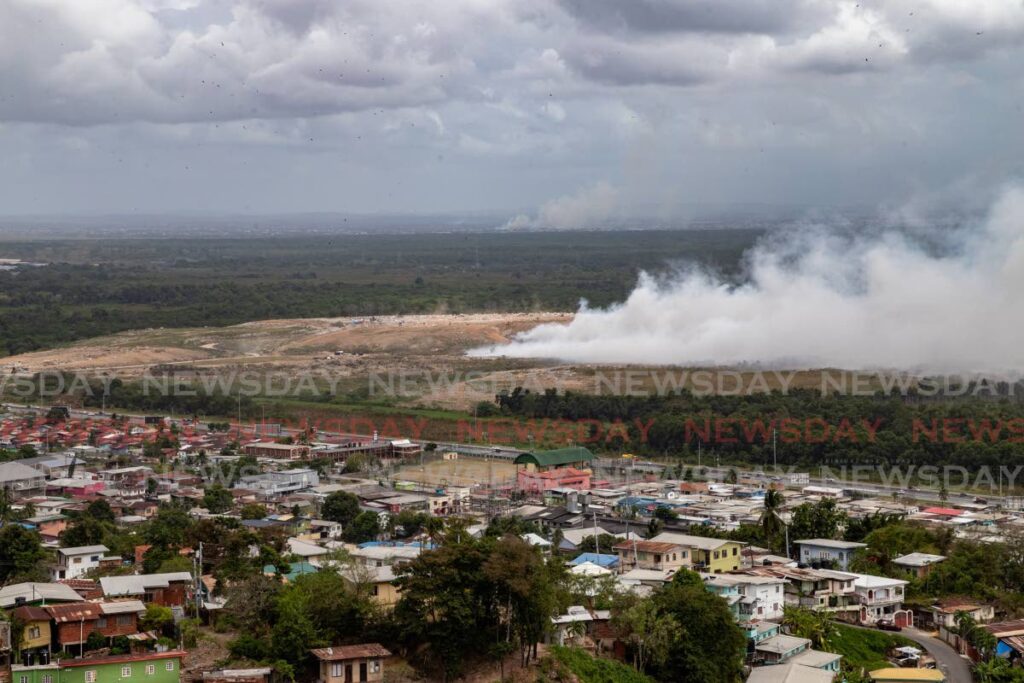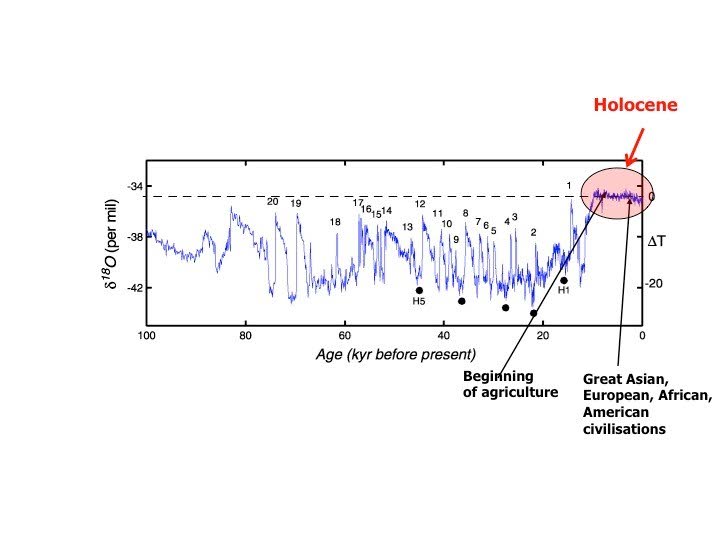Planetary boundaries and Caribbean companies

DR AXEL KRAVATZKY
This Earth Day, we can ask ourselves some hard questions about personal consumption, needs and wants.
Copy the Earth Day Checklist, discuss it, write it down somewhere and remember it.
We are currently living in the decade that will define the future for humanity and life on Earth, says Kimberly Nicholas, a sustainability scientist at Lund University in Sweden. Her ultra-concise summary of what we know about climate science is this: “It’s warming. It’s us. We’re sure. It’s bad. We can fix it.”
Thirteen years ago, Johann Rockstroem, founder of the Stockholm Resilience Centre, led a team of scientists who published a feature in the prestigious science journal Nature, in which they sought to identify and quantify the most essential planetary boundaries that must not be transgressed in order not to cause unacceptable environmental change.
Modern humans, Homo sapiens, can be traced back to about 200-300,000 years ago. When we look at a graph charting temperature variations over the past 100,000 years, we notice that temperatures were volatile for 90,000 years, with average temperature changes as high as +/- 10 degrees in a single decade, and then about 10,000 years ago the earth entered a remarkably stable temperature period. Over the past 10,000 years average temperatures varied by only +/- 1 degree.
This geological epoch was named the Holocene. Even though humans existed long before the Holocene, it was during this period of environmental stability that humans began to flourish and civilisation emerged.
Since the onset of the industrial revolution in the early 1800, humans have created so much impact on the planet that it has been suggested that a new geological epoch has started: the Anthropocene – the age of humans.
Environmental change took place during the Holocene, but the Earth’s regulatory capacity maintained conditions that enabled human development. Research by Rockstroem and his colleagues showed temperatures, freshwater availability, and biochemical flows all stayed within a relatively narrow range.
“Once humans started to rely on fossil fuels and industrialised forms of agriculture, human activities have reached a level that could damage the systems that keep Earth in the desirable Holocene state. The result could be irreversible and, in some cases, abrupt environmental change, leading to a state less conducive to human development,” say Rockstroem and colleagues.
“Over the past 50 years we have pushed ourselves outside of the state that we have been in for 10,000 years,” says Rockstroem in the recently released Netflix documentary Breaking Boundaries: the Science of our Planet.
In order to navigate this dangerous territory, scientists have proposed a framework based on planetary boundaries. These boundaries are meant to define the safe operating space for humanity with respect to the Earth’s systems. The boundaries are associated with the planet’s biophysical subsystems and processes.
In 2009, when the planetary boundary framework was first presented, scientists determined three boundaries that human activity had crossed/transgressed – climate change, the rate of biodiversity loss, and nitrogen cycle.
In 2015 a fourth dimension, land use, was determined to have been transgressed.

Source: Adapted from: Young and Steffen, 2009, Principles of Ecosystem Stewardship, Springer-Verlag -
In 2022, research recently published argued that a fifth boundary, novel entities (humans have created 100,000) was transgressed as well.
When faced with challenges of this magnitude, people in the Caribbean are not alone in feeling overwhelmed by the complexity and the scale of it all.
To counteract this, we can be inspired by Atul Gawande, a surgeon who wrote the best-selling book The Checklist Manifesto as a guide to how to make decisions that generate effective actions for very complex problems. Surgeons, pilots, investors, and many others who operate in complex fields use checklists.
In his inspiring book Regeneration: Ending the Climate Crisis in One Generation, Paul Hawken makes the case that the climate crisis is a human problem, not a science problem. Hawken argues that changing the world relies on reverence, respect, and compassion for ourselves, for all people, and for all life.
One action we can all take is to use this checklist of guidelines created by Hawken in Regeneration for decisions across all our endeavours as humans – from farming to finance, from cities to clothing, from groceries to grasslands.
It can be applied at every level of activity – from individuals, households, groups, companies, communities, and cities.
Paul Hawken’s Climate Checklist
To be applied in households as well as companies, to be debated in schools and associations:
1. Does the action create more life or reduce it?
2. Does it heal the future or steal the future?
3. Does it enhance human well-being or diminish it?
4. Does it create livelihoods or eliminate them?
5. Does it restore land or degrade it?
6. Does it increase global warming or decrease it?
7. Does it serve human needs or manufacture wants?
8. Does it reduce poverty or expand it?
9. Does it promote fundamental human rights or deny them?
10. Does it provide workers with dignity or demean them?
11. In short, is the activity extractive or regenerative?
Source: Paul Hawken, 2021, Regeneration: Ending the Climate Crisis in One Generation, Penguin Books
Scientists around the world have been working for decades on issues of climate change, ozone depletion, biodiversity loss, pollution, etc. The recent three recent reports by the Intergovernmental Panel on Climate Change (IPCC) have brought together all that we know in that domain.
We have proven that we can change human impact on the planet. When the stratospheric ozone-depletion boundary was transgressed over Antarctica in the 1980s, scientists raised the alarm.
Ozone-depleting substances were phased out, the growth of the hole stopped and it is expected to be repaired over the coming decades as the process is back within the safe zone.
We can do it again by phasing out our dependence on fossil fuels!
Dr Axel Kravatzky is managing partner of Syntegra-ESG Ltd, vice-chair of ISO/TC309 Governance of organizations, and co-convenor and editor of ISO 37000 Governance of organizations – Guidance. He is currently the project leader for ISO 37006 Indicators of effective governance.

Comments
"Planetary boundaries and Caribbean companies"